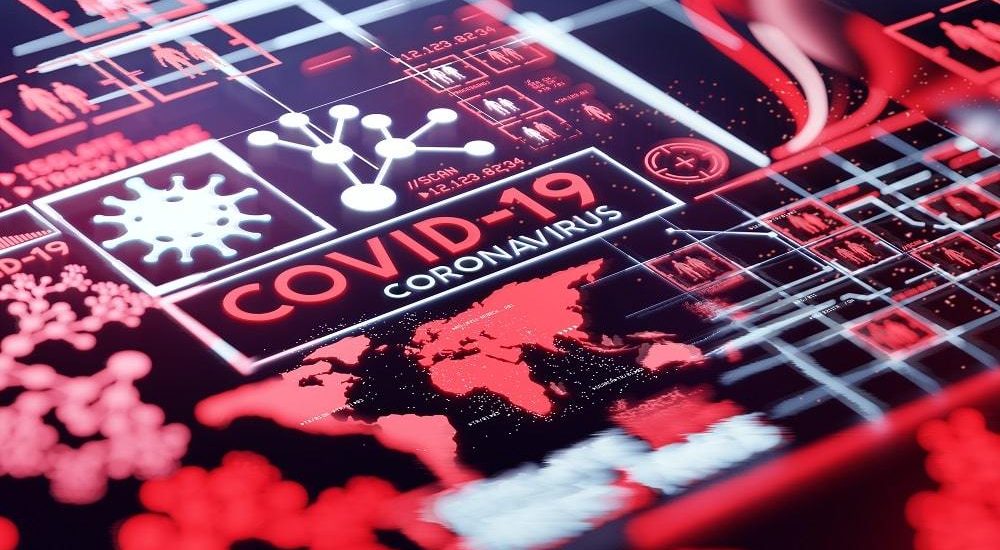Predictive Analytics Market During COVID-19
- June 20, 2020
- Posted by: admin
- Category: Predictive Analytics

As businesses all around the world are turning more data-centric with each passing day, business owners are trying to extract maximum leverage of predictive analytics. And with the enormous volumes of data created in every fraction of a second, companies are acquiring more knowledge about market dynamics and industry trends.
Why is predictive analytics such a big thing today?
Predictive analytics brings in the power of Machine Learning and predictive modeling to study and derive insights from historical data and make accurate predictions about industrial trends. For example, in most e-commerce businesses, predictive analytics is being implemented to investigate potential risks in historical transactional data so that it can help prevent similar risks in the future.
Also, since the numbers of SMEs are predicted to grow over the next few years and these enterprises are highly flexible and adaptable, a lot of demand for predictive analytics is expected to spring from here as well.
What is the current potential of predictive analytics?
According to sources, the predictive analytics market is expected to be worth $23.9 billion by the year 2025. (Source) This surge in growth can be attributed to a multitude of factors revolving around numerous sectors of the industry. For example, in giant IT organizations adoption of predictive analytics will reduce the training and staffing costs because, with the help of it, cloud deployment can be implemented successfully.
Similarly, adopting predictive analytics strategies can help retailers understand the buying pattern of consumers in unprecedented situations like during the COVID-19 pandemic.
How is predictive analytics helping the industry to gear up during the pandemic?
Here are some ways how predictive analytics along with modern-day technologies like Artificial Intelligence is assisting the numerous sectors during the pandemic –
• Healthcare
The healthcare applications of predictive analysis are aplenty. From solving medical problems using medical images to exploring mathematical solutions to give rise to standard parameters for diverse complex tasks. With these newly found insights, medical practitioners can design accurate patterns of classification which can help in diagnosing illnesses even before the initial symptoms start showing full-fledged.
• Banking and Finance
In this sector, predictive analysis is helping analysts in determining, examining, and preventing fraudulence and enforce security.
• Transportation and Supply Chain
With the help of predictive analytics and AI, transportation companies can now accurately anticipate the demand for specific goods. Also, the changes in demand for seasonal goods with varying seasons are can be predicted.
Besides, predictive analytics contributes significantly to the supply chain companies by optimizing their network of delivery routes to specific locations, thereby optimizing unnecessary expenses.
• Retail
Marketers are now using predictive analytics and data science to unearth hidden information from consumer buying patterns and location, prices, to create newer opportunities that can help boost the ROI of businesses.
Since the COVID-19 outbreak, various sudden changes have been noticed in customer buying behaviors; businesses that are unable to cope with this changing situation run the risk of losing in this war. In these highly volatile conditions, predictive analytics can help sustain businesses that have been generating Key Performance Indicators forecasts.
